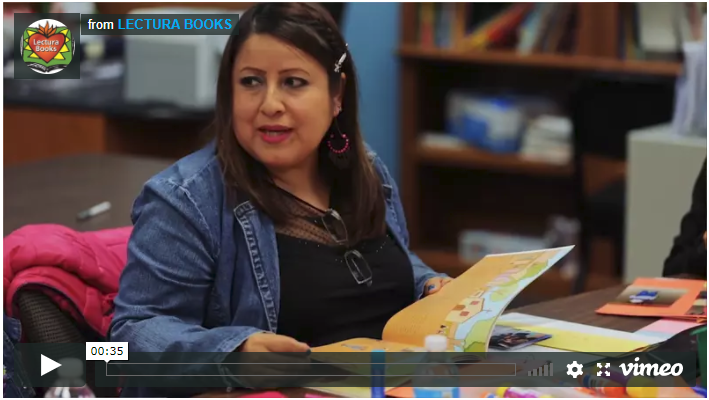What is an Evidence-Based Program? 
The Every Student Succeeds Act (ESSA) represents a whole new ball game when it comes to school improvement, says the online newspaper, Education Week, in regards to what is an evidence-based program. As long as they have evidence to back up their approaches, districts and states get to come up with turnaround strategies and interventions, and that’s a big departure from the law’s predecessor, the No Child Left Behind Act, the publication states.
Guidance from the US Department of Education (ED) urges schools, districts and states to implement interventions that have a strong record of making a difference with the kinds of schools or students that need help, along with thinking deliberately at every step of the turnaround process, Education Week says. This guidance has suggestions for better defining the evidence tiers, too, including the top three ones used for school improvement funds. It also offers a rigorous set of criteria for what constitutes “promising,” “moderate,” and “strong” evidence that a particular intervention will work, it states.
As part of the decision-making and implementation process, the Department states there are various methods to examine how interventions are working. For instance, performance monitoring involves tracking data about an intervention to see how performance compares to identified goals and targets. Rigorous evaluations measure the effectiveness of an intervention while answering questions about the impact of a specific intervention on relevant outcomes.
States must also incorporate test participation in some way into their accountability system, says NCSL, the National Conference of State Legislatures. States must be sure to count academic factors more heavily as well. A state must use this system to meaningfully differentiate all public schools within the state based on all indicators for all students and subgroups of students and puts substantial weight on each indicator. The system must differentiate any school in which any subgroup of students is consistently underperforming. These subgroups are as follows:
- English learners
- Economically-disadvantaged students
- Students from major ethnic and racial groups
- Children with disabilities
The Latino Family Literacy Project, a White House BRIGHT SPOT winner, offers staff development and training workshops to educators for ELL parent involvement. In accordance with ESSA, all programs are evidence-based and have built-in evaluations to demonstrate success with parents. Educators provide our programs to parents at their school to establish a regular family reading routine, vocabulary development, college awareness, and English-language skills. Parents report back that they love these programs!
Each program engages the parents in reading with their children, reflects the experiences of Latino families, and is centered around universal themes. All materials, books and curricula used are bilingual, are in a simple format and are a perfect fit for your Title I and Title III program requirements. For more information, please contact The Latino Family Literacy Project.
